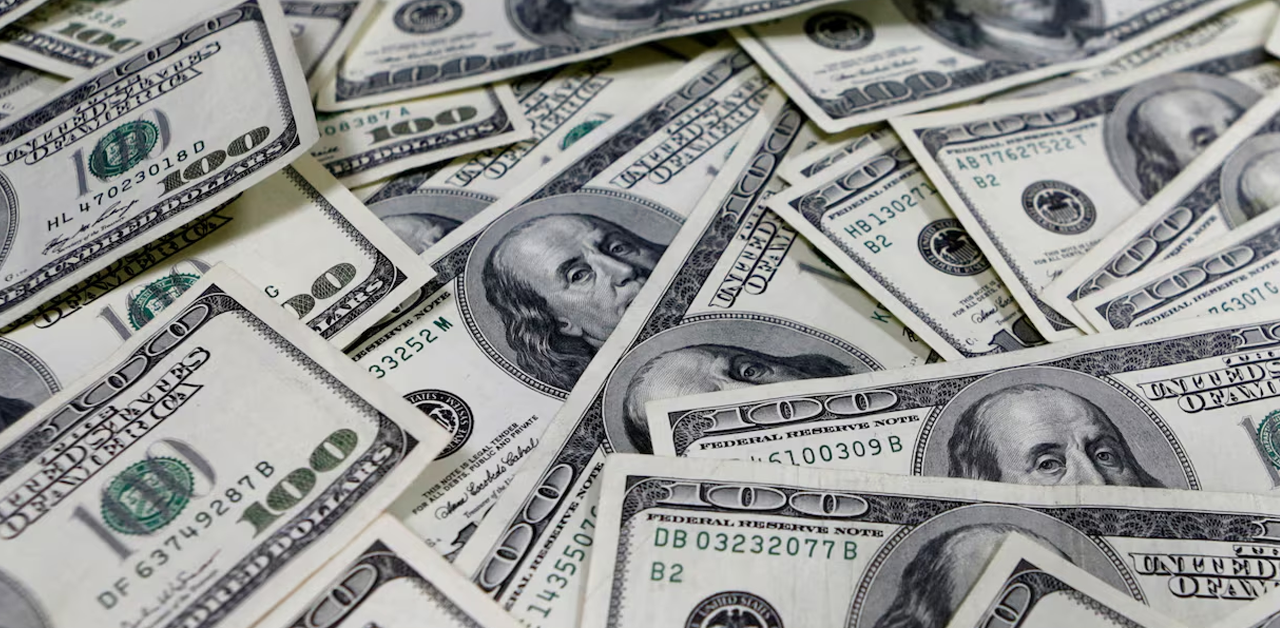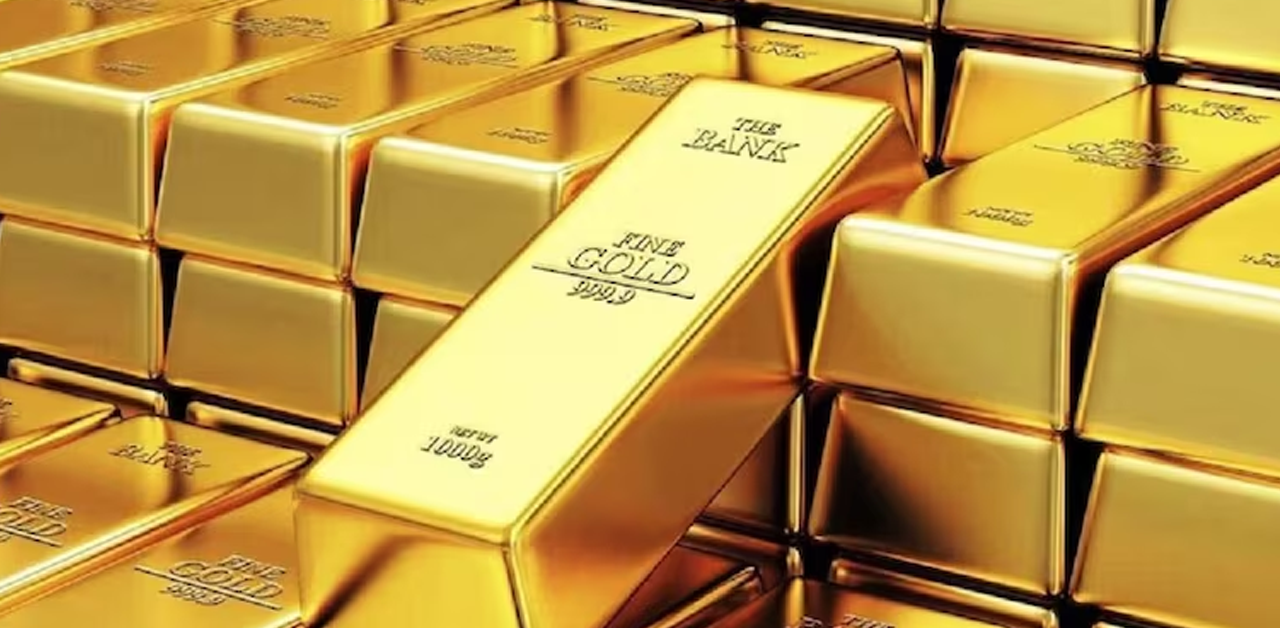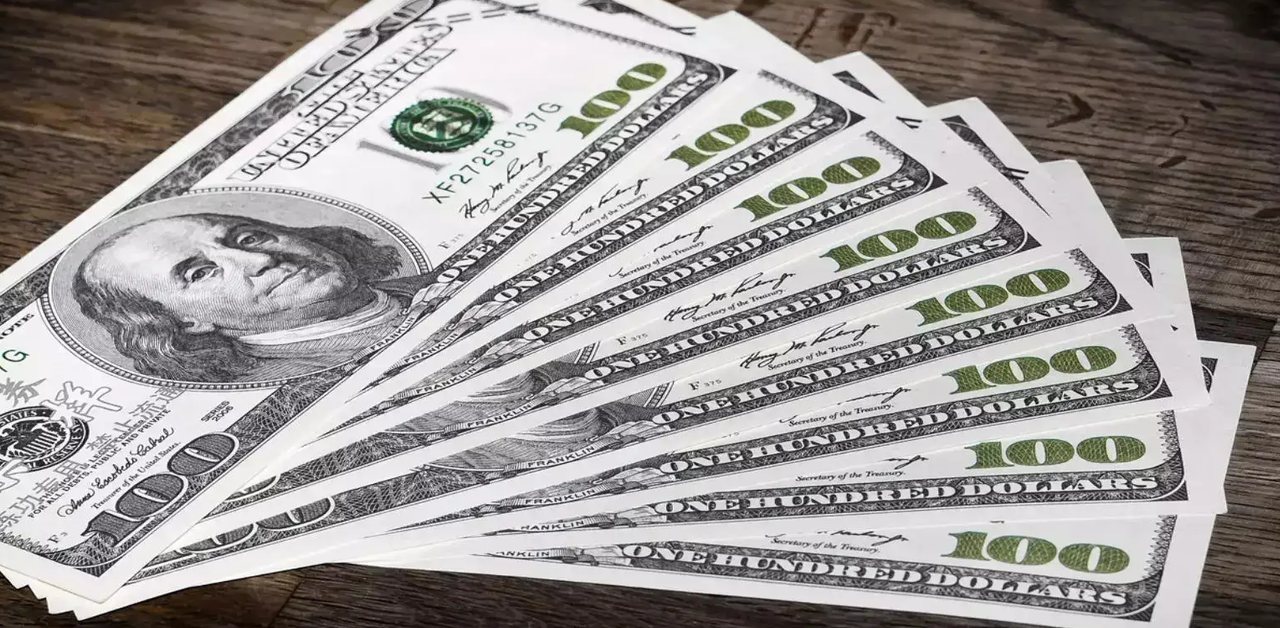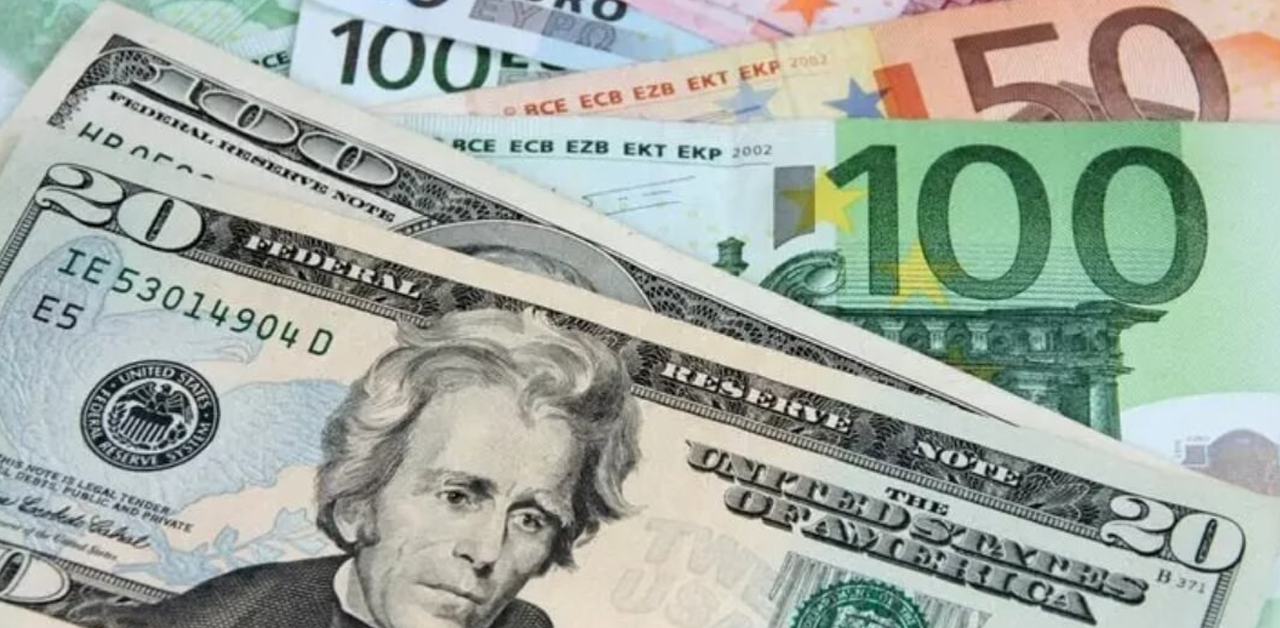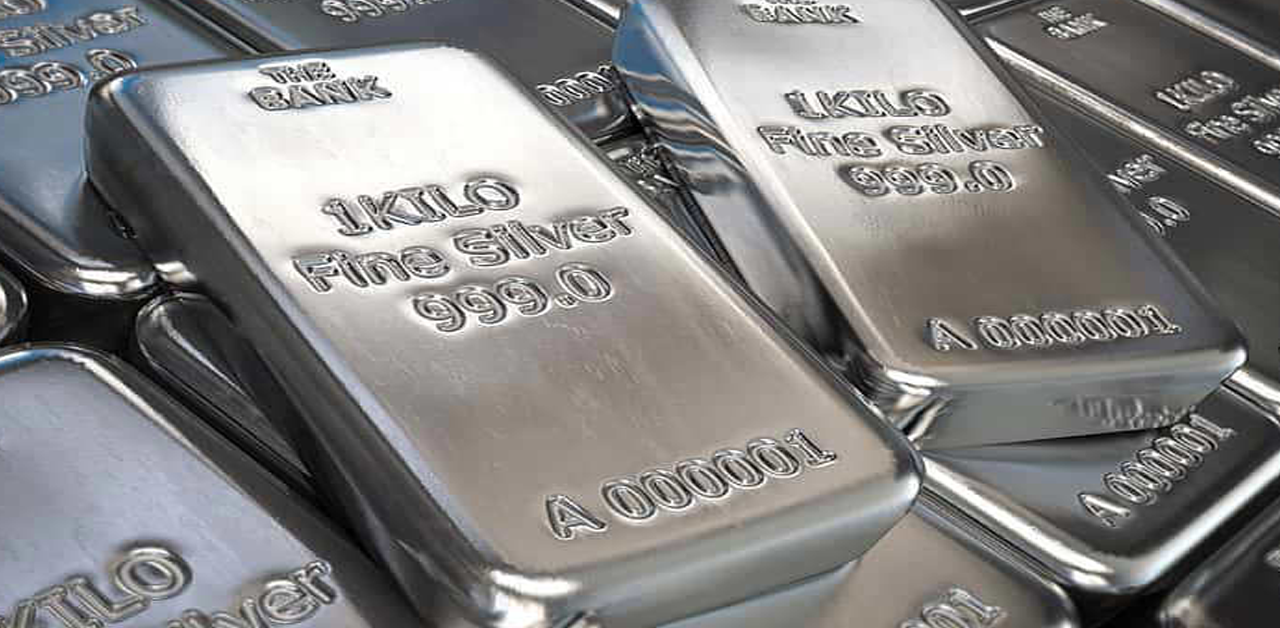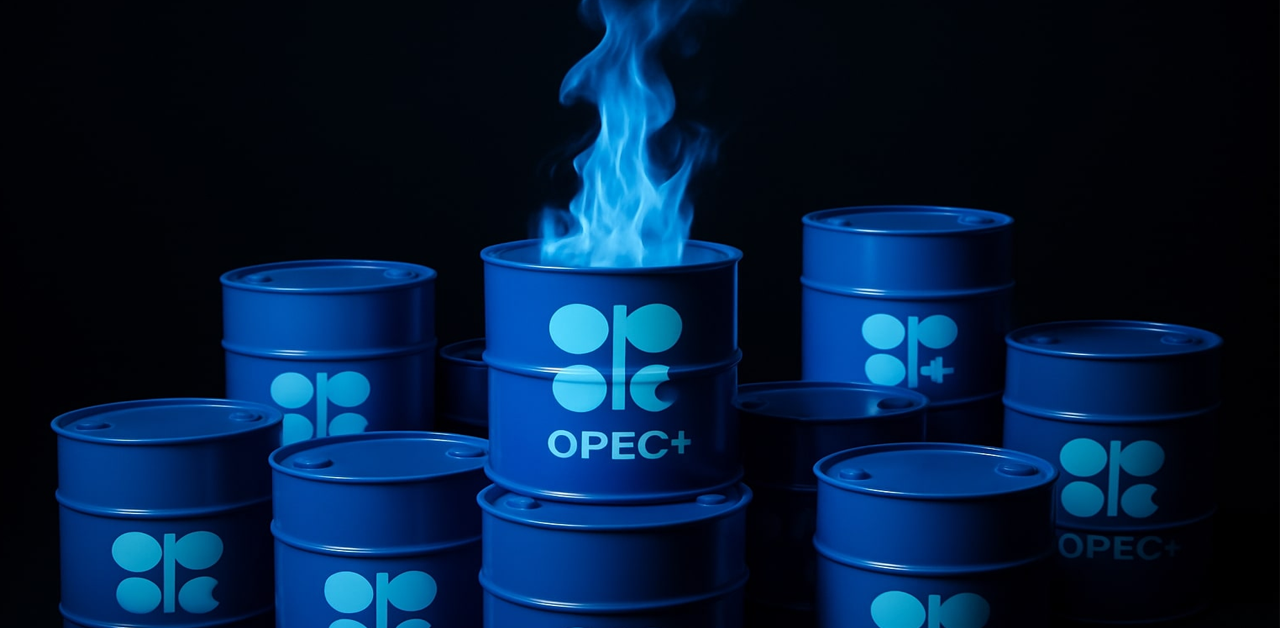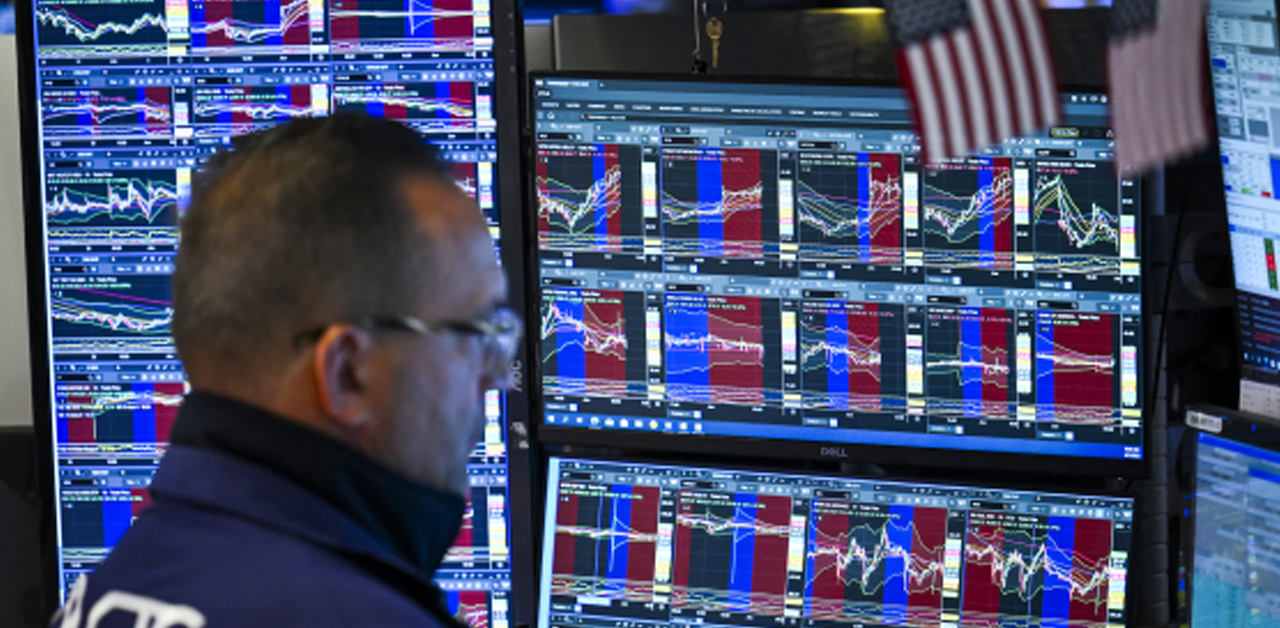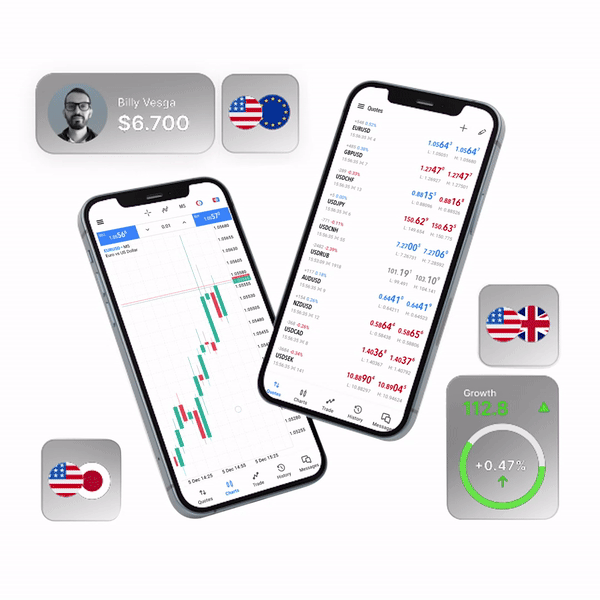Worst Quarter for Metals Cap since 2008 due to Global Recession
Base metals experienced their greatest quarterly decline since the global financial crisis of 2008 as worries about a worldwide recession increased and China’s economy very slowly recovered. Although the decrease has been accentuated by price spikes that month as a result of Russia’s invasion of Ukraine, the London Metal Exchange Index has fallen 25% since the end of March. Tin has fared the worst, falling 38%, followed by a 31% decline in aluminium and a 20% decline in copper. Since the beginning of the epidemic, it was the entire index’s first quarterly decrease.
According to ED&F Man analyst Edward Meir’s metals research, “markets have been battered by both growth and inflation worries for some time now and are not getting any relief from G-7 central bankers, the majority of which are set on rising interest rates further.” As virus controls were relaxed, an indicator of factory activity in China increased in June for the first time since February. Although there was some recovery, the demand for metals is still being negatively impacted by a sluggish real estate market. Despite a reduction of quarantine regulations, the Covid Zero policy is still in place, thus there is a persistent potential of more limitations if case numbers increase once more.
The market is still threatened by the impending possibility of a recession in the US and possibly elsewhere in the world. At the annual meeting of the European Central Bank in Portugal, Federal Reserve Chair Jerome Powell and other central bankers cautioned that the globe is transitioning to a regime of greater inflation. As a result, US equity markets opened lower. Major economies are at the very least on the verge of a slowdown that will reduce construction activity. The economy may be in worse shape than previously anticipated, according to new US consumer expenditure data, which also point to further high inflation and interest rate increases.
In London, copper fell 1.7 percent on Thursday. Zinc, nickel, and aluminum all had losses of 1%, 4%, and 6%, respectively. The price of gold for August delivery decreased 0.6 percent to $1,807.30 in New York. The price of gold fell by 7.5% in the second quarter.



